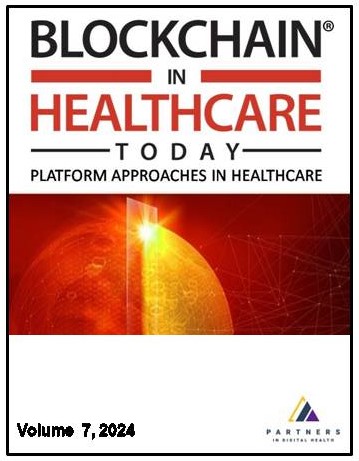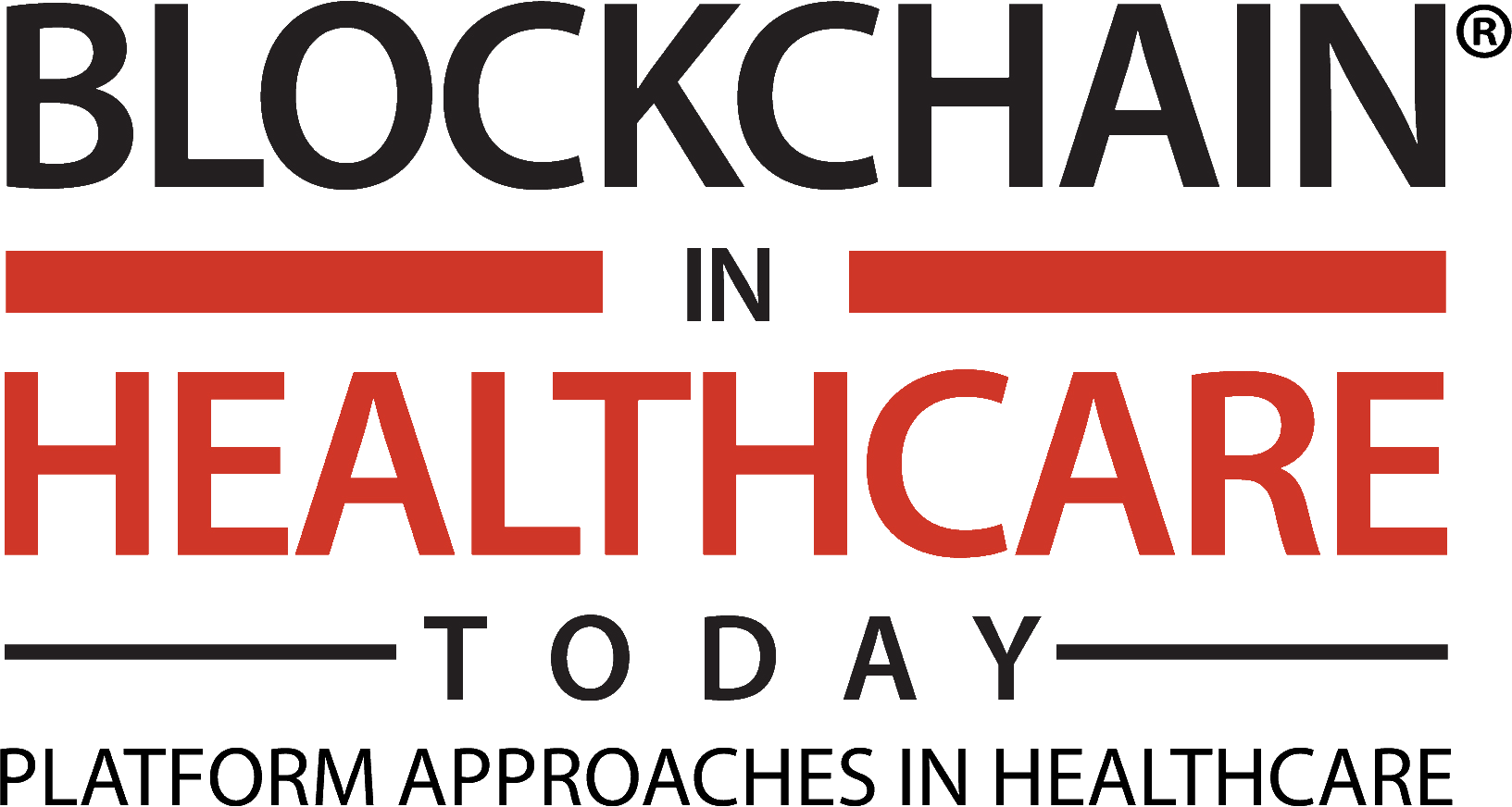
Additional files
More articles from Volume 5, Issue 2, 2022
Technical Design and Development of a Self-Sovereign Identity Management Platform for Patient-Centric Healthcare Using Blockchain Technology
Clinical, Organizational and Regulatory, and Ethical and Social
Health Datasets as Assets: Blockchain-Based Valuation and Transaction Methods
Securing the Chain of Custody and Integrity of Data in a Global North-South Partnership to Monitor the Quality of Essential Medicines
Applicability of Blockchain-Based Implementation for Risk Management in Healthcare Projects
Article views
Technical Design and Development of a Self-Sovereign Identity Management Platform for Patient-Centric Healthcare Using Blockchain Technology
 ,
,
 ,
,
 ,
,
 ,
,
 ,
,
 ,
,
Abstract
Objective: Clinical data in the United States is highly fragmented, stored in numerous different databases, and are defined by service providers or clinical specialties rather than by individuals or their families. As a result, linking or aggregating a complete record for a patient is a major technological, legal, and operational challenge. One factor that has made clinical data integration so difficult to achieve is the lack of a universal ID for everyone. This leads to other related problems of having to prove identity at each interaction with the health system and providing basic information about demographics, insurance, payment, and medical conditions repeatedly. Traditional solutions that require complex governance, expensive technology, and risks to privacy and security of the data have failed to solve this interoperability problem adequately. We describe the technical design decisions of a patient-centric decentralized health identity management system using blockchain technology, called MediLinker, to address some of these challenges. Design: Our multi-disciplinary research group developed and implemented an identity wallet, that uses blockchain technology to manage verifiable credentials issued by healthcare clinics, banks, and insurance companies. To manage patient’s self-sovereign identity, we leveraged the Hyperledger Indy blockchain framework to store patient’s decentralized identifiers (DIDs) and the schemas or format for each credential type. In contrast, the credentials containing patient data are stored “off-ledger” in each person’s wallet and accessible via a computer or smartphone. We used Hyperledger Aries as a middleware layer (API) to connect Hyperledger Indy with the front-end, which was developed using a JavaScript framework, ReactJS (Web Application) and React Native (iOS Application). Results: MediLinker allows users to store their personal data on digital wallets, which they control. It uses decentralized trusted identity using Hyperledger Indy and Hyperledger Aries. Patients use MediLinker to register and share their information securely and in a trusted system with healthcare and other service providers. Each MediLinker wallet can have six credential types: Health ID with patient demographics, insurance, medication list including COVID-19 vaccination status, credit card, medical power of attorney (MPOA) for guardians of pediatric or geriatric patients, and research consent. The system allows for in-person and remote granting and revoking of such permissions for care, research, or other purposes without repeatedly requiring physical identity documents or enrollment information. Conclusion: We have successfully developed and tested a blockchain-based technical architecture, described in this paper, as an identity management system that may be operationalized and scaled for future implementation to improve patient experience and control over their personal information.
Keywords
References
Citation
Copyright
This is an open access article distributed under the Creative Commons Attribution License which permits unrestricted use, distribution, and reproduction in any medium, provided the original work is properly cited.
Article metrics
The statements, opinions and data contained in the journal are solely those of the individual authors and contributors and not of the publisher and the editor(s). We stay neutral with regard to jurisdictional claims in published maps and institutional affiliations.

